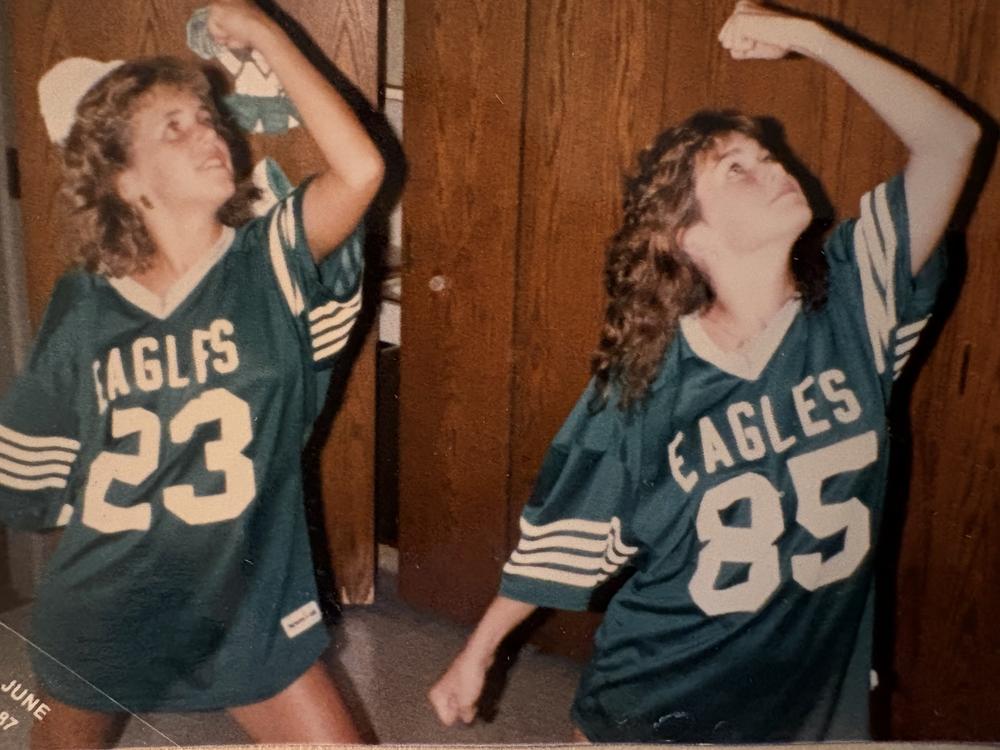Under the De-Influence
How marketers can navigate the #deinfluencing trend
The fact that Gen Z doesn’t trust advertising is a pretty well-established fact. It’s one reason why marketers have moved away from highly-produced, scripted television commercials and towards social media, with influencer marketing taking a bigger stake every year. But now, with economic, environmental and political uncertainty on the rise, Gen Z has apparently had it with the influencer economy, too. The latest trend is called de-influencing. And its adherents say it’s a response to the overconsumption and inauthenticity of paid influencers.
The hashtag #Deinfluencing is challenging the hype around products by telling you what you shouldn't buy, rather than what you should. It's a response to the cost of living crisis and what Gen Z feels is a general feeling of overconsumption.
“Tiktok made me buy it!”
For years, influencer marketing was a reliable tool to help brands reach large audiences quickly and effectively. Marketers found that influencers were particularly effective at reaching younger audiences with targeted messaging about products.
Influencer legitimacy was based on their followers trusting them and believing them to be an authority on a certain topic or subject. This credibility made it easier for brands to get their message across in a more engaging way than would have been possible with other forms of advertising. And it must have worked. The influencer economy has grown steadily year-over-year. Brands spent 16.4 billion dollars on influencers in 2022.
But the rise of the Influencer may also be the reason why it’s falling. Influencers have gone from authentic “just like us” nobodies who love certain brands to highly-paid endorsers, getting paid millions by brands to push their product. Khaby Lame and Charli D’Amelio are more famous than some heads of state. Some influencers have deals as big as pro athletes. And Gen Z doesn’t like it. Especially as prices go up and they see their own careers stalling.
As always, stay attuned to three key characteristics of Gen Z: their desire for authenticity, individualism, and sustainability.
So what’s a modern marketer to do?
Firstly, if you’re using paid influencers, be transparent about the nature of the relationship. Don’t pretend you’re not paying them. Consider using them to do more than just push product. Maybe ask them to do some audience research for you. Or do an event with them to give your audience access. And if you’re only using them for the follower count, rethink your strategy.
Social media is for everyone. Consider making your followers part of the advertising by making them influencers too. If you can pay 1000 people with the same money you used to pay one person, that’s 1000 new superfans you’ve just created. If that feels too scary, start by holding webinars or events that put your audience inside the action. Film these events and put them on your social channel to gain audience and spread the word.
Know that Gen Z are more likely to trust recommendations from peers or people they know personally, rather than from someone with a large following on social media. Consider localizing your influencer strategy by college or by city. Use an experienced social media curator and choose people with good social presence that have not done influencer work before. What you lose in “slickness” you will gain in authenticity. And who knows? You might discover the next TikTok sensation.
Companies should also look for ways to engage with younger users between sales pitches. Attend events. Show up at concerts. Partner with organizations that align with your audience’s values. Or curate existing content specifically tailored towards them. By doing this, companies can build relationships with Gen Zers that will last beyond just one purchase cycle.
As always, stay attuned to three key characteristics of Gen Z: their desire for authenticity, individualism, and sustainability. Companies should focus on creating content that resonates with these values. Tapping your audience by using Found Content that they’ve already shot is a great way to do this. It’s authentic as it gets. It celebrates the individual. And it saves travel and shoot costs in both money and carbon.
De-influencing is an important trend among Generation Z that marketers must take into account when developing strategies for reaching this demographic. By understanding what drives Gen Z’s decisions and adapting accordingly, marketers can ensure that their campaigns resonate with this generation and ultimately lead to increased sales and loyalty.
Related Resources
%20(397%20x%20264%20px)%20(3).png)
The New Operating Model for Creative Teams
Catch+Release COO Bryan shares how Content Genie introduces a faster, clearer, and more scalable way for creative teams to move from brief to story. This pre launch perspective explains why the future of content production depends on a new workflow built for modern creative speed.

Five Super Bowl Ideas That Could Win With Found Content (And Won't Cost $8 Million)
Found Content is no longer a backup plan. It’s a bold, culture-driven strategy for Super Bowl spots that want to win hearts, spark conversation, and save serious production dollars. Explore five creative plays brands can use to bring authenticity and impact to the biggest stage in advertising.




.png)